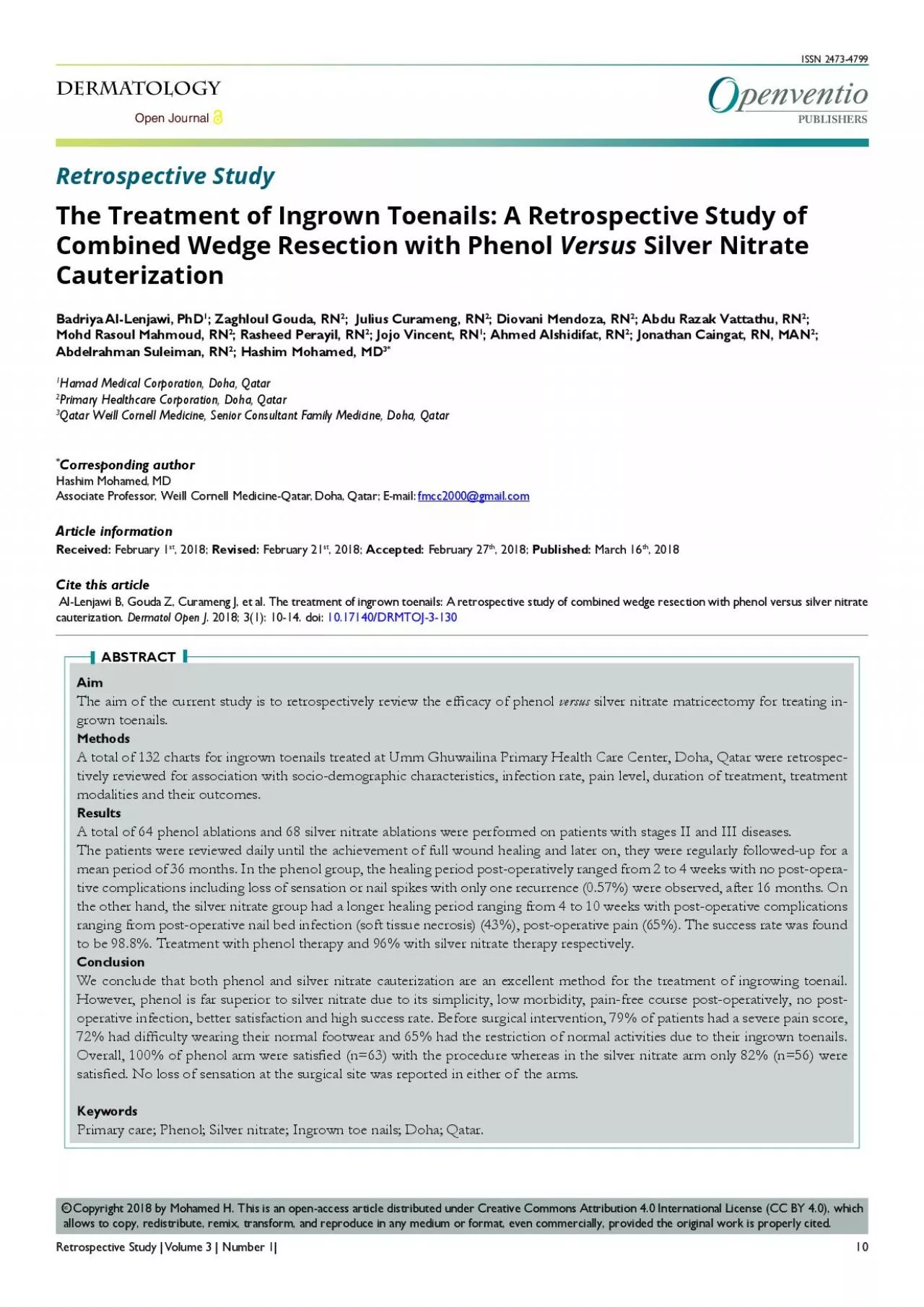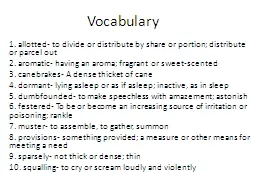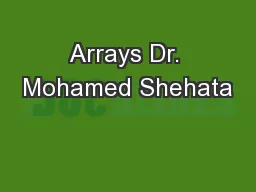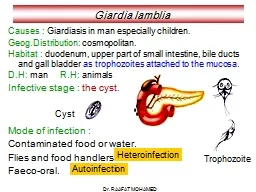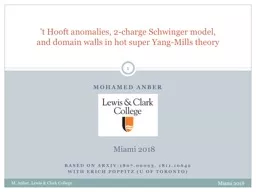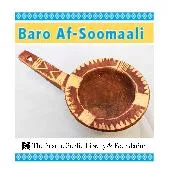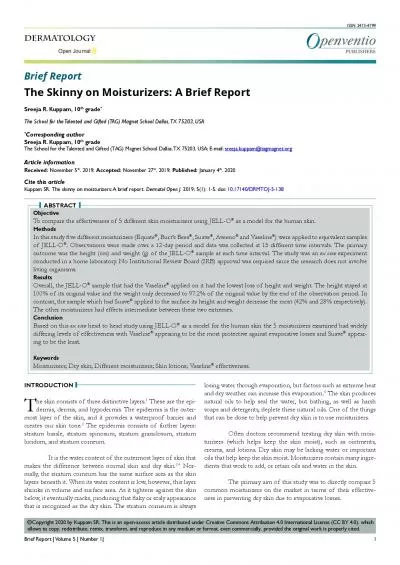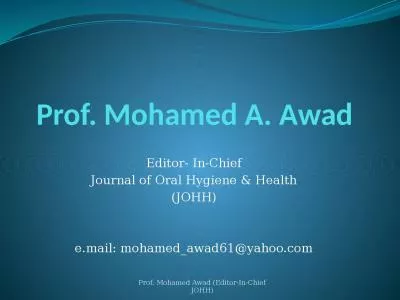PDF-Copyright 2018 by Mohamed H This is an openaccess article distribute
Author : maisie | Published Date : 2022-08-30
Corresponding authorHashim Mohamed MDAssociate Professor Weill Cornell MedicineQatar Doha Qatar EmailMarch 16 Retrospective Study Volume 3 Number 1 ABSTRACT Aim Open
Presentation Embed Code
Download Presentation
Download Presentation The PPT/PDF document "Copyright 2018 by Mohamed H This is an o..." is the property of its rightful owner. Permission is granted to download and print the materials on this website for personal, non-commercial use only, and to display it on your personal computer provided you do not modify the materials and that you retain all copyright notices contained in the materials. By downloading content from our website, you accept the terms of this agreement.
Copyright 2018 by Mohamed H This is an openaccess article distribute: Transcript
Download Rules Of Document
"Copyright 2018 by Mohamed H This is an openaccess article distribute"The content belongs to its owner. You may download and print it for personal use, without modification, and keep all copyright notices. By downloading, you agree to these terms.
Related Documents

